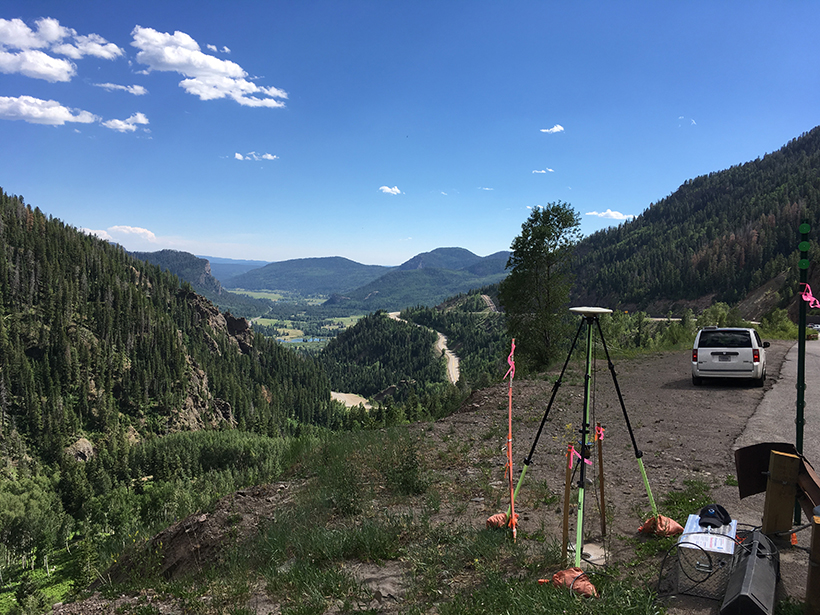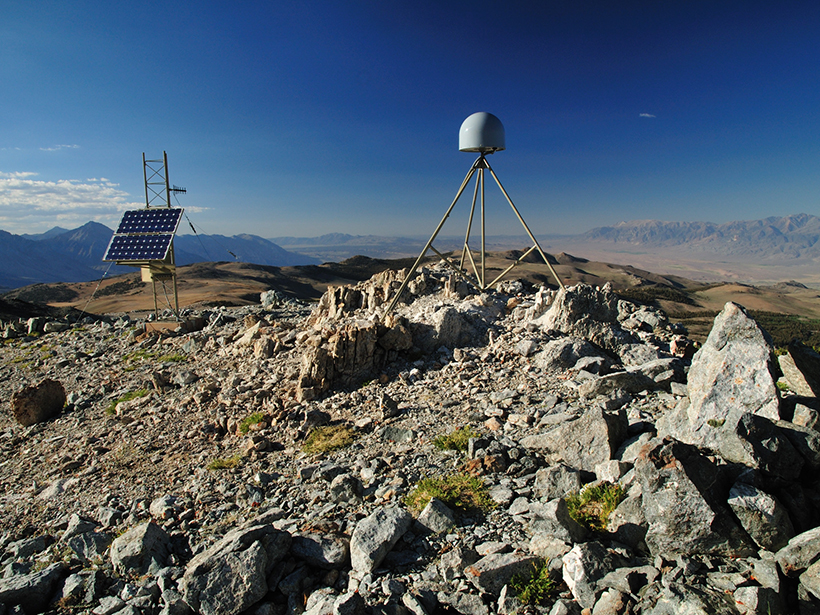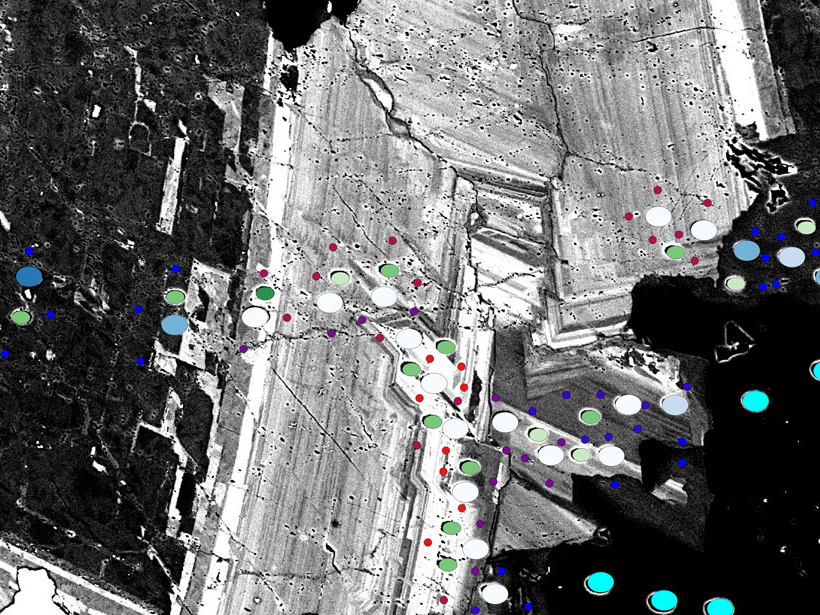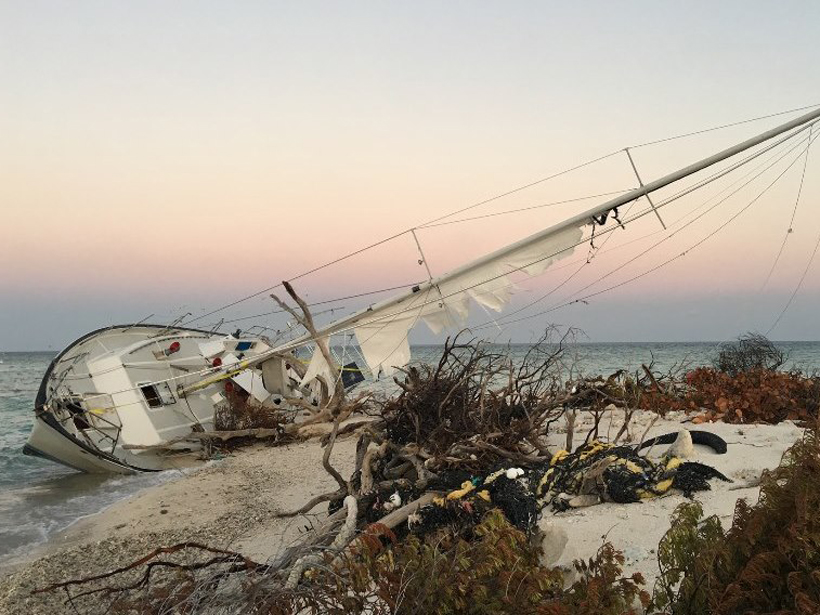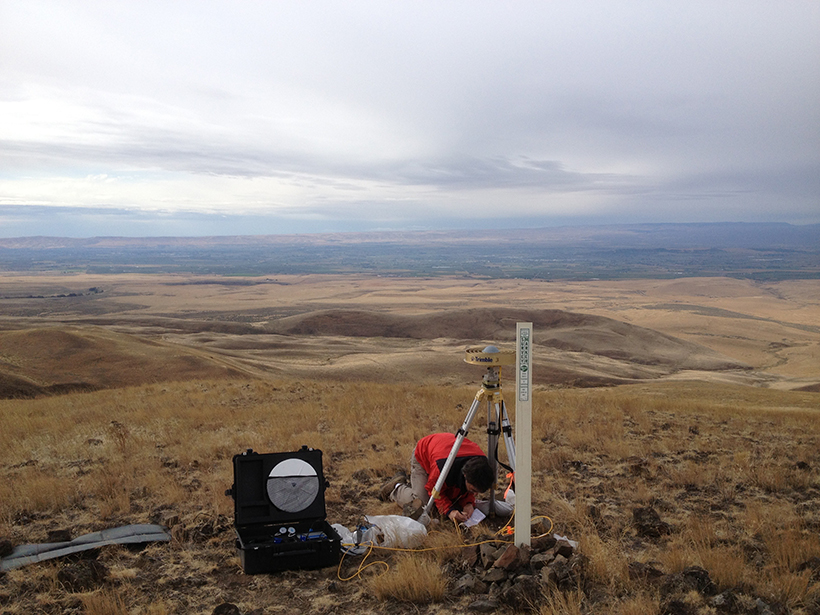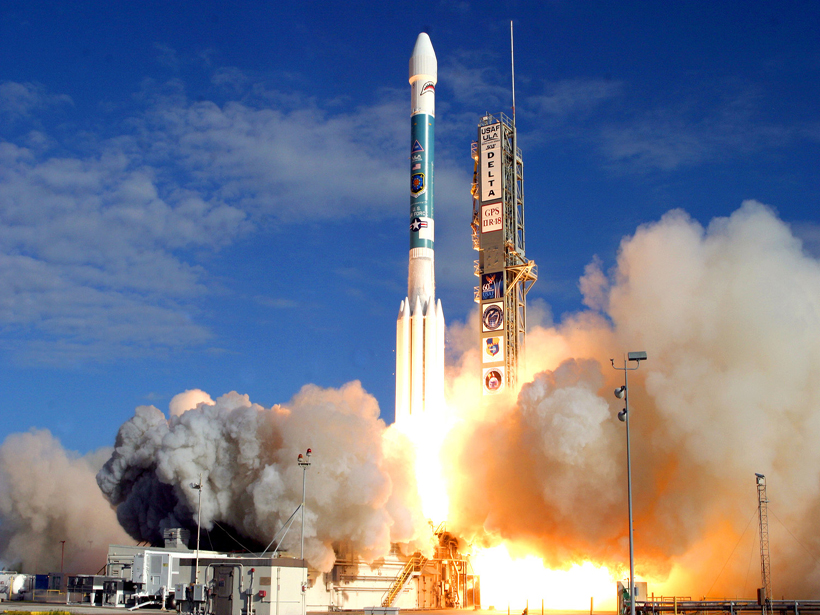Measuring gravity’s tiny fluctuations is giving the United States an upgraded system of elevations.
GPS & GIS
NOAA Monitoring Stations Are Off-Line from a GPS Y2K Moment
The outage could last until November for some stations.
Harnessing the GPS Data Explosion for Interdisciplinary Science
More GPS stations, faster data delivery, and better data processing provide an abundance of information for all kinds of Earth scientists.
Hack Weeks Gaining Ground in the Earth and Space Sciences
Workshops that fuse traditional learning with Silicon Valley–inspired “hack sessions” are giving scientists a new venue to build community and sharpen their skills.
Making Maps on a Micrometer Scale
Geographic information system software, created for mapping cities and continents, works equally well with the minuscule layers and inclusions that record a crystal’s history.
Virtual Poster Showcase Experienced Steady Growth in 2017
A pilot project for high schools and a geographic information system map, as well as other embellishments, have enhanced a program that enables students to present research electronically.
Measuring Hurricane Wind Speed from Space
A new technique based on GPS signals could provide better wind speed measurements during hurricanes and cyclones.
Why Do Great Earthquakes Follow Each Other at Subduction Zones?
A decade of continuous GPS measurements in South America indicates that enhanced strain accumulation following a great earthquake can initiate failure along adjacent fault segments.
Using Strain Rates to Forecast Seismic Hazards
Workshop on Geodetic Modeling for Seismic Hazard; Menlo Park, California, 19 September 2016
Global Positioning System Sparks New Data Revolution
Energetic particle data from the Global Positioning System constellation opens avenues for new research.

